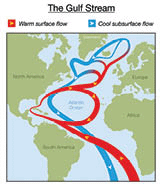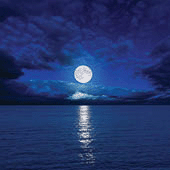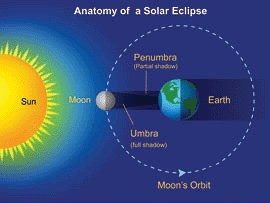Return to 1st Quarter 2022 articles.

For most people, the Moon is just a light at night. The fact is that our moon is an essential part of Earth's fitness for life. Any change in the size, distance, or obit of the Moon would be catastrophic for life on Earth.
Having just one moon of significant size is a very unusual situation. Venus has no moons, and the two tiny moons of Mars are apparently captured asteroids. Jupiter, Saturn, and Uranus each have multiple moons, many of which are of significant size. However, a single large moon is unique to planet Earth.
So what does our essential Moon do for us? Because of its size, it has a significant gravitational pull on the Earth. That pull is strong enough to cause our planet to flex as the Moon orbits it. That creates a disturbance in geologic activity on Earth when the Moon is over an area of unstable rock.

The Moon's pull on Earth's waters is even more significant. It stirs the oceans much like a person might stir a large saucepan of soup. Our Moon causes many ocean currents and tides, even in large lakes. Ocean currents not only move nutrients around but transport heat as well. For example, the Gulf Stream is critical to marine life along the east coast of North America and controls temperatures along the entire coast.
The Moon's gravitational pull is closely related to its mass. Therefore, a larger moon would cause massive flooding along the edges of continents. If it were smaller, the tides and currents would not be large enough to clean the estuaries or warm the landmasses, and many marine life-forms would not survive.

If we had more than one moon, they would affect each other. There are rock tides causing moonquakes on the Moon due to the pull of Earth's gravity. A second moon would amplify this effect, and if the two moons collided, the fragments would threaten life on Earth. Every total solar eclipse reminds us how precise the Moon's size is. It can exactly cover our view of the Sun, allowing us to see and study the Sun's corona.
Most of us overlook how our essential Moon's size, mass, distance, and orbit shape seem to be carefully designed. Attributing that precision to blind chance requires faith as great as attributing life to chance. We would suggest that the Creator used his wisdom, described beautifully in Proverbs 8:1–5; 22–32, to design an Earth/Moon system that allows life to exist and prosper on planet Earth.

Picture credits:
© First one stock. Image from big stock.com
© Peter Hermes Furian. Image from big stock.com
© mycola. Image from big stock.com
© Tigateluloro. Image from big stock.com
Scripture links/references are from BibleGateway.com. Unhighlighted scriptures can be looked up at their website.
